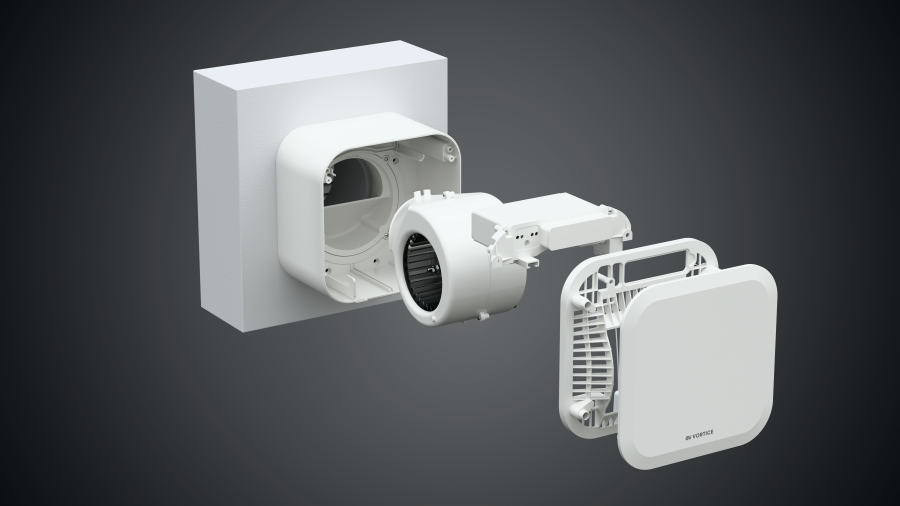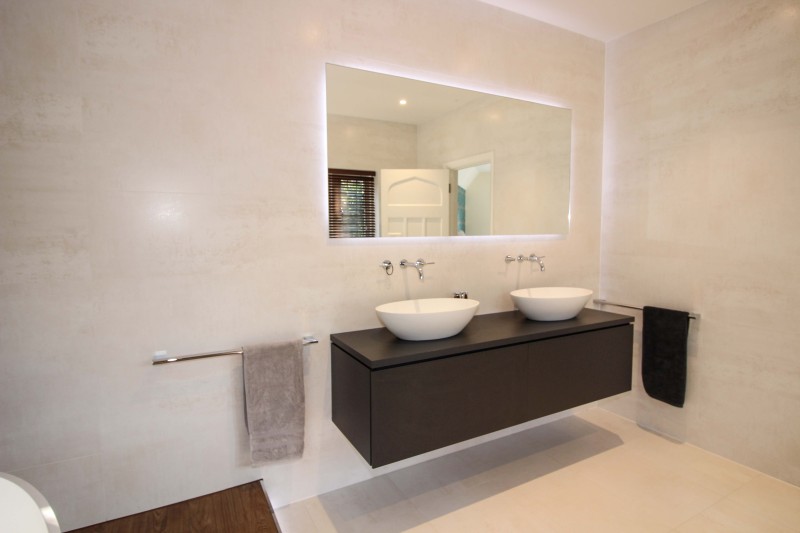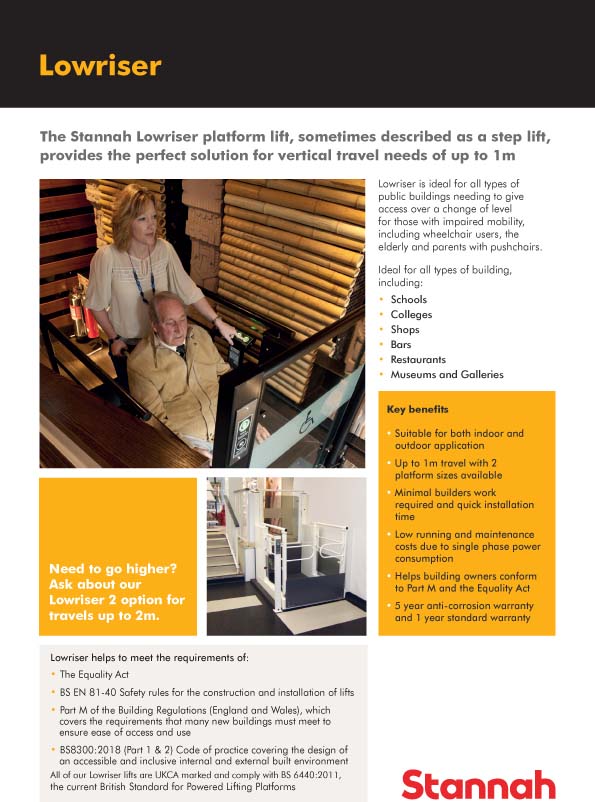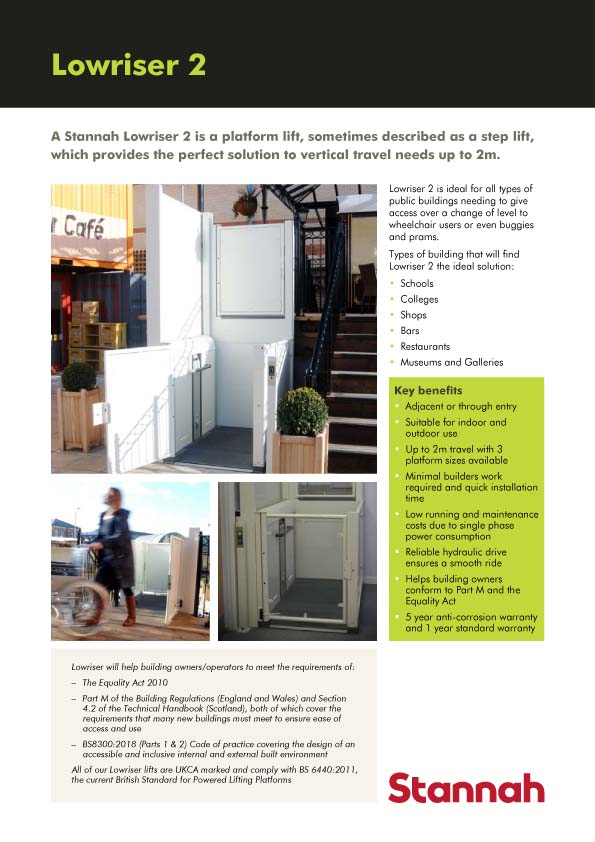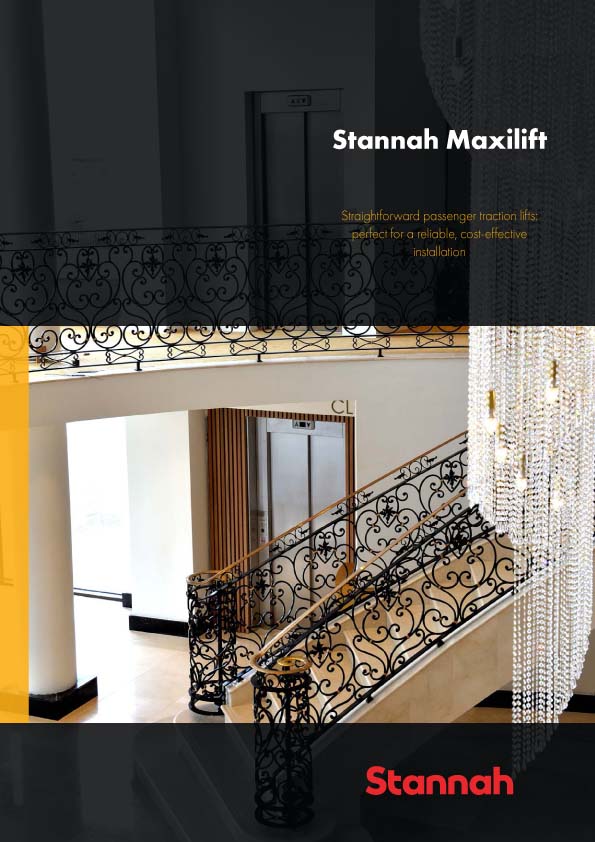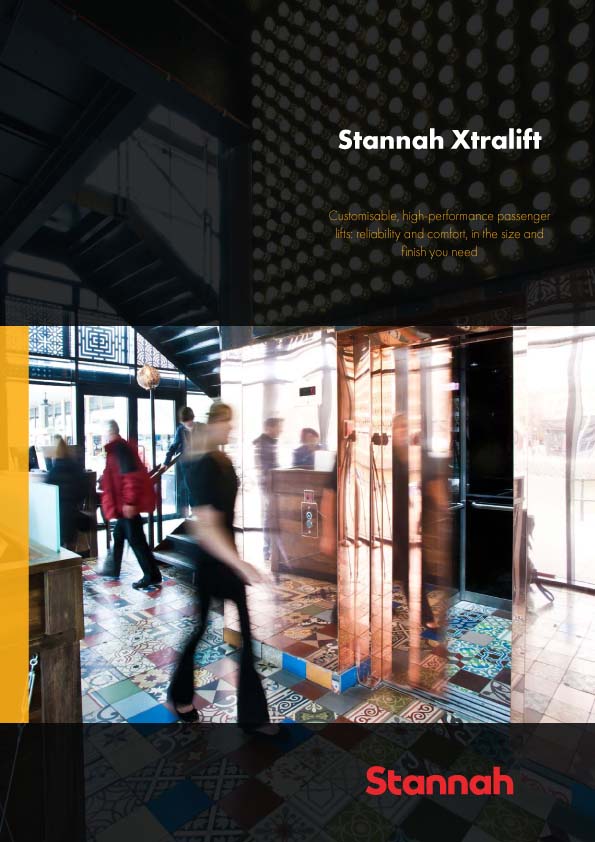
Demand for premium natural slate for roofing continues to be remarkably robust, according to Amanda Green from SIGA Natural Slate, but the use of lower-grade slate persists, so she offers a guide to the benefits and pitfalls.
There’s no substitute for quality – but as the market leader in natural slate for roofing, we’re always going to say that! But it’s not just us: any organisation that has invested in first-class infrastructure, leading-edge manufacturing and the most-reliable processes and supply chains will say exactly the same – whether it’s roofing, cars, technology or retail.
When you set the benchmark for the rest of the industry, there’ll always be competitors that will try to go toe to toe with you and those that know they can’t match you, so they go low on quality and price, which has a knock-on effect on service and support.
That’s where we are with natural slate right now – and the current economic climate is only serving to shine a brighter light on the issue.
We’ve worked too hard for too long to be anything other than what we are, and the roofing market has responded in kind, which is why demand has remained strong.
However, demand for lower-grade slate persists – so in order to explain the pitfalls of it, we must single out the qualities of the good stuff.
The good stuff
The first and most important thing to say is that all our slate is T1; we were the first major distributor to discontinue the import of T2 slates back in January 2016. Slate tile quality is governed by British Standard EN 12326-1:2014, and one of the main tests is the ‘thermal cycle’ test, which assesses the levels of rust or oxidisation within the slate and involves repeatedly soaking pieces of slate in water and then drying them out over a period of up to three weeks. If there’s no apparent change or minimal surface rust/changes to affect the structure or cause runs of discolouration, the slate is classed as T1.
Another vital benefit of our T1 slates is that they are fully compliant with CE and Construction Products Regulations and come with warranties of up to 75 years that offer the assurance of consistent quality and full traceability, from the quarry to the roof. As well as compliance with any environmental and carbon footprint policies that architects, builders and roofers may have to satisfy, full traceability fulfils a much more fundamental requirement if identical slates are ever needed in the future for redevelopment, refurbishment or extensions of individual properties or developments.
It’s also worth noting at this point that in 2009, the National House Building Council (NHBC) took the decision to recommend only T1 slates and went so far as to prohibit the use of any other grade, such as T2, on new builds.
And let’s not forget that natural slate is stunning – which is why it’s used on flagship projects such as the one by Haldane Construction Ltd. The company was presented with an award at the Federation of Master Builders’ (FMB) Scotland ceremony for a bespoke 1.5-storey house with a unique turret feature that was finished with a traditional slate roof.
SIGA 67 was specified by architects and conservation consultants Pollock Hammond Ltd. because it is an exceptional slate that conforms to the French standard, which means it has been tested over and above the European norm (BS EN 12326-1:2014).
And, finally, if we can blow our own trumpet for a moment, the level of technical support, datasheets, CPDs and even health and safety advice we provide as a company is second to none.
The pitfalls
We certainly don’t condone it, however some roofers and contractors will cut corners to cut costs – we’ve seen the same issue rear its head in other roofing sectors, such as timber batten, where materials coming in from other parts of the world simply don’t meet the British Standard because of their sub-standard quality – and some suppliers trying to skirt around the rules!
As previously mentioned, in respect of quality testing for compliance with BS EN 12326-1:2014, T2 slates may show signs of oxidation or appearance changes of the metallic inclusions that would cause staining, pitting and/or delamination and potential failure of the slate in as little as three weeks. It is this unpredictability which makes T2 slates a more risky option, because even to the trained eye, it’s difficult to notice the inconsistencies and imperfections that can affect durability and performance over time, resulting in increased costs to rectify the job.
The NHBC prohibits it, and the lifetime performance is unpredictable which means roofing contractors may incur additional costs, potentially at their own expense, if any problems or issues arise on installations in the future.
Whichever way you look at it, anything other than T1 natural slate for roofing is a false economy. The only way to be sure your slate is what it says it is, is to deal with a reputable supplier that can provide full traceability and back this up with a robust warranty and excellent customer service.
Amanda Green is the Marketing Manager of SIGA Slate.








